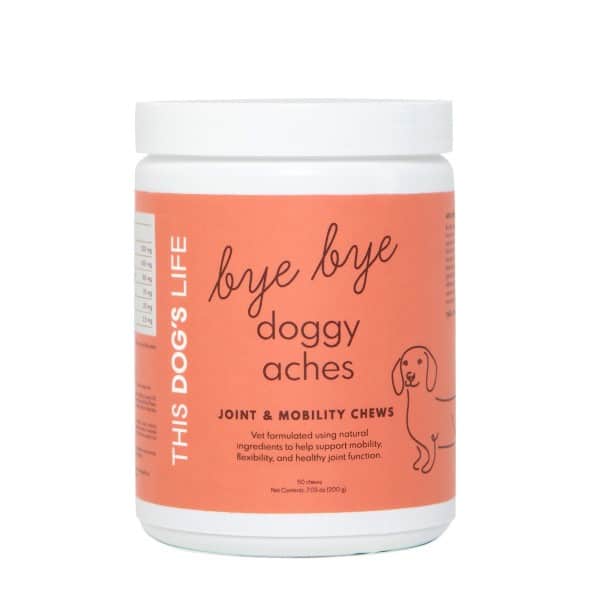As one vet observed the lifespan of Golden Retrievers decline over the years, he wanted to understand the reason behind this phenomenon — and so did many others.
Known as “the golden retriever guy,” according to an investigation in Slate, Michael Lappin has been enamored by Golden Retrievers since the ’70s. Known for their mellow disposition, ability to please, and sweet personality, they have gained popularity over the years, consistently being in the top five breeds in the U.S., according to the AKC.
Related: America Has Crowned a New Top Dog: The French Bulldog
Despite quality of life improving for canines (the term “fur babies” sums up the shift of dogs living outside to sleeping in our beds), Lappin noticed his Golden Retriever patients were dying at a younger age compared to decades ago, when they were living well into their teens.
Why? Cancer. Today, Golden Retrievers have some of the highest incidences of cancer in any dog breed, if not the highest, with many succumbing to the disease before they even hit 13.
With more than 1,000 mg of powerful natural ingredients to help your pup deal with occasional discomfort, our Bye Bye Doggy Aches support mobility and flexibility while also stimulating cartilage growth and maintaining joint lubrication. Plus, our antioxidants may help relieve inflammation in the joints associated with normal daily exercise and activity.
Because of the extraordinary cancer rate, a multi-million dollar years-long study called the Golden Retriever Lifetime Study, was launched in 2012 to understand this phenomenon and how to prevent it.
Related: 3,000 Golden Retrievers May Hold the Answer for Cancer in Dogs
But Lappin, along with others, believes there is more to this story. He hypothesizes that in general Golden Retrievers’ lifespan is dropping, even in healthy dogs.
The main consensus comes down, sadly, to humans. Because we seek out a dog that has specific characteristics — everything from intelligence to disposition and looks — breeders are focused on ensuring we get the dog we desire.
And with that, comes inbreeding, or what the industry likes to call line-breeding. This is not new. Dog breeders and kennel clubs have been around for hundreds of years, perfecting what they believe to be the ideal standard for each breed. To get the traits we demand, related dogs are bred. The more closely related they are, the higher the likelihood that they carry the same desirable genes, which can also lead to various health problems.
Every being has genes with harmful mutations. So, when two dogs breed, these harmful mutations are passed down to the offspring, according to the Slate feature, and usually, “The descendant will inherit a working copy of the same gene from the other parent; that working gene takes over so that the harmful mutation never presents itself.” But if the two are closely related, their “offspring are likelier to inherit two copies of the same mutation — say, a mutation that predisposes them to cancer –leaving them with no functional gene to step in,” the article states.
It is not just cancer, nor is it only Golden Retrievers. Bernese Mountain dogs have been around for thousands of years, but it wasn’t until the 1970s that an uptick in a form of blood cancer was discovered. Now 1 in 7 Bernese Mountain dogs die from it.
There is also the fact that for many of us shorter noses are more appealing to us in some breeds, including Pugs, Pekinese, French Bulldogs, and English Bulldogs. But this smoosh-faced look can cause respiratory problems, among other issues. (Because of a lack of diversity, researchers are concerned about the English Bulldog’s future, believing it may be unethical to breed them.)
Like Lappin, others are interested in exploring if inbreeding is one reason dogs are not living as long as they used to.
In 2018, the Dog Aging Project, a study funded by the National Institutes of Health, is looking to learn more about aging dogs, gathering data from nearly 30,000 large-breed canines and studying genetic sequencing, including lineage, along with other factors, like environmental, lifestyle, and nutrition.
While species like dogs have evolved over hundreds of years, breeds, for the most part, are man-made. Hopefully, in the future, we can focus less on how a dog should look and more on what makes each dog incredibly unique.
Related: Adopted Deaf Dog and Non-Verbal Boy Share Special Bond, Communicate Using Sign Language



















